Is It Possible To Eat Tasty Foods Without Ruining My Health?
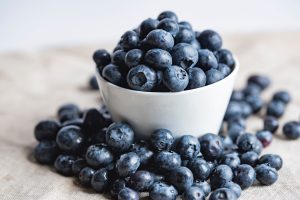 So many unhealthy foods taste delicious that it’s easy to understand why the average American diet is so unhealthy. The salt, sugar, and fat in the food trigger a reaction that makes you feel good and crave even more. You can eat tasty foods without ruining your health, but you must make smarter decisions. You’ll also go through a certain amount of withdrawal from the sugar, salt, and fat. Once you conquer that, you’ll be amazed at how delicious healthy food can be.
So many unhealthy foods taste delicious that it’s easy to understand why the average American diet is so unhealthy. The salt, sugar, and fat in the food trigger a reaction that makes you feel good and crave even more. You can eat tasty foods without ruining your health, but you must make smarter decisions. You’ll also go through a certain amount of withdrawal from the sugar, salt, and fat. Once you conquer that, you’ll be amazed at how delicious healthy food can be.
Even some “healthy” foods are bad.
When you think of yogurt, you normally think of good health. So many people recommend it. You probably think that fat-free yogurt is even better. You’d be wrong. When they remove the fat, they remove much of the flavor and texture that makes it desirable and replace it with unhealthy additives like sugar to make it palatable. How do you combat that? Opt for full-fat yogurt. Mix a half cup with a half banana, fresh or frozen fruit, and walnuts, or layer it to make a parfait. It’s delicious and satisfies your craving for something sweet.
Fresh berries and other fruit are delicious and can curb your cravings for sugar.
Fruit contains sugar. So do cookies. But the sugar in fruit doesn’t impact your blood sugar levels the same way. The fiber in fruit slows the sugar absorption into the bloodstream and helps prevent the spikes that food with added sugar does. Those spikes in blood sugar can lead to insulin resistance, metabolic disease, diabetes, and other conditions. Switch to fresh fruit or go the extra mile and make frozen banana ice cream, half a frozen banana dipped in dark chocolate and nuts, or frozen grapes.
Skip the chips but keep the guacamole and salsa for dips.
Both salsa and guacamole contain healthy ingredients. The fresh tomatoes, onions, cilantro, hot peppers, and lime juice all are healthy ingredients, so keep the salsa. Mash the avocado and add those same ingredients for a deliciously healthy guacamole. Instead of tortilla chips, dip fresh vegetables like celery, broccoli crowns, carrots, or cauliflower. You can also use beet, kale, zucchini, or other types of chips.
- Air-popped popcorn or homemade microwave popcorn are options for healthy snacks. Sprinkle on flavoring and spices for an additional treat. Nuts are another great snack.
- Include sweet potatoes in your diet. They’re delicious and high in antioxidants, like vitamins A and C. You can make them in many ways, including slicing and baking them to create sweet potato chips.
- At least part of that PB&J was healthy if you used peanut butter with one ingredient—peanuts. Combine it with chia jam and spread it on whole-grain bread for a delicious and healthy PB&J.
- One key to eating healthier is to plan your meals. It starts with planning and at the grocery, where you skip the snack and candy aisle. Buy more whole foods and fewer, if any, highly processed foods to be on the road to healthy eating.
For more information, contact us today at Next Level Fitness

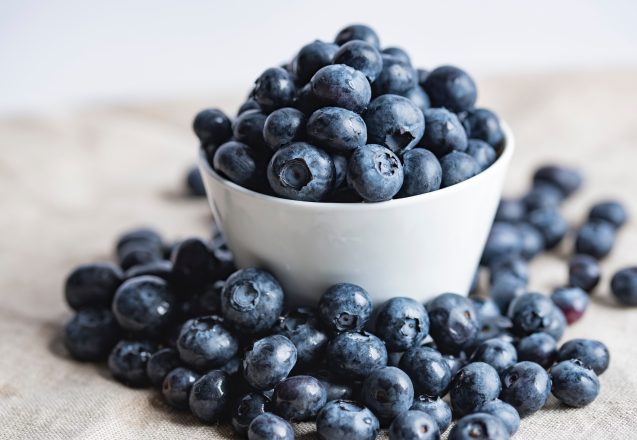

 Starting the day eating healthy breakfasts without bread can help you lose weight. In Irvine, CA, many people are turning to creative options that keep you full longer yet are far healthier than their counterparts containing bread. Instead of toast, why not opt for sweet potato toast instead. Top it with homemade cashew spread and berries or spread mashed avocado and top it with an egg for the perfect healthy breakfast that keeps you full longer.
Starting the day eating healthy breakfasts without bread can help you lose weight. In Irvine, CA, many people are turning to creative options that keep you full longer yet are far healthier than their counterparts containing bread. Instead of toast, why not opt for sweet potato toast instead. Top it with homemade cashew spread and berries or spread mashed avocado and top it with an egg for the perfect healthy breakfast that keeps you full longer.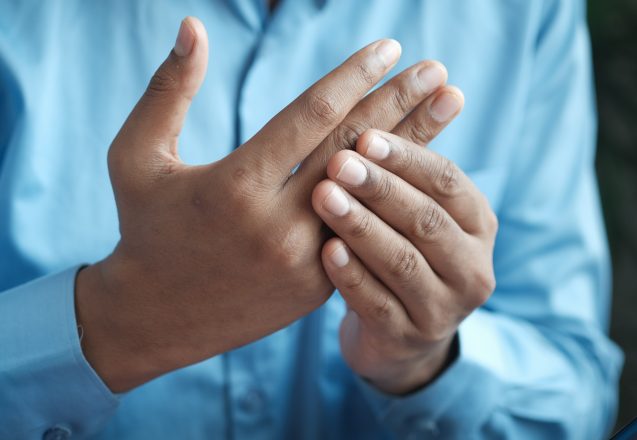
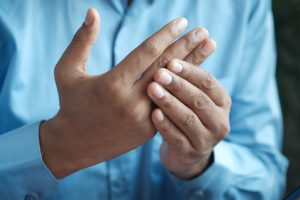 The more we know about the body and how it works, the more we realize that not all old wives’ tales were wrong. Maybe the lore behind eating certain foods was inaccurate, but the biochemicals in the food did help. You can improve cholesterol levels, lower blood pressure, and more by changing your diet. One amazing discovery is the ability to combat arthritis pain by including certain types of food.
The more we know about the body and how it works, the more we realize that not all old wives’ tales were wrong. Maybe the lore behind eating certain foods was inaccurate, but the biochemicals in the food did help. You can improve cholesterol levels, lower blood pressure, and more by changing your diet. One amazing discovery is the ability to combat arthritis pain by including certain types of food.
 Many people in Irvine, CA, noticed a few negative changes occurring with weight loss. Hair loss was one of those problems. Unless there’s a health issue causing the weight loss, you aren’t destined to lose your hair or have other negative side effects. It’s all about how you lose the weight. Rapid weight loss causes acute telogen effluvium—TE. It starts after three months of rapid weight loss or other trauma that causes stress or shock to the body. It can occur due to nutritional deficiencies caused by restrictive diets but usually lasts only 6 months or less.
Many people in Irvine, CA, noticed a few negative changes occurring with weight loss. Hair loss was one of those problems. Unless there’s a health issue causing the weight loss, you aren’t destined to lose your hair or have other negative side effects. It’s all about how you lose the weight. Rapid weight loss causes acute telogen effluvium—TE. It starts after three months of rapid weight loss or other trauma that causes stress or shock to the body. It can occur due to nutritional deficiencies caused by restrictive diets but usually lasts only 6 months or less.
 Most people who are dieting look for options that satisfy their urge for sweets. Grapes can do that and even help you lose weight. They contain no fat, are high in fiber, and contain numerous nutrients. Those nutrients include copper, vitamins K, B1, B2, B6, C, and E, potassium, and manganese. A whole cup of grapes is only 104 calories.
Most people who are dieting look for options that satisfy their urge for sweets. Grapes can do that and even help you lose weight. They contain no fat, are high in fiber, and contain numerous nutrients. Those nutrients include copper, vitamins K, B1, B2, B6, C, and E, potassium, and manganese. A whole cup of grapes is only 104 calories.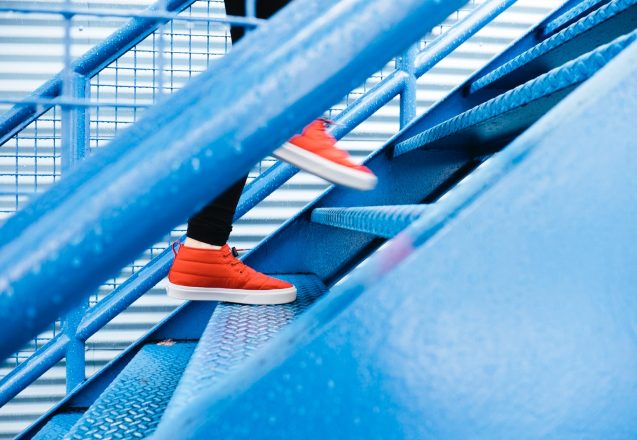
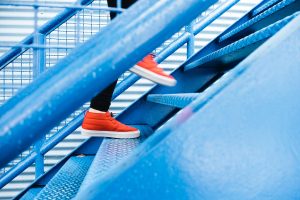 There are a lot of reasons people avoid running. One of those may be joint issues. Running is a high-impact exercise that can cause musculoskeletal problems. High-impact exercises are those where both feet are off the ground at one time and come slamming back down on the feet—creating an impact that affects the joints, muscles, and bones. Pregnant women, those who recently gave birth, and people with joint issues, or other health risks should avoid high-impact workouts. Many people limit their cardio to running or jumping rope but there are also exceptionally good low-impact cardio exercises you can do.
There are a lot of reasons people avoid running. One of those may be joint issues. Running is a high-impact exercise that can cause musculoskeletal problems. High-impact exercises are those where both feet are off the ground at one time and come slamming back down on the feet—creating an impact that affects the joints, muscles, and bones. Pregnant women, those who recently gave birth, and people with joint issues, or other health risks should avoid high-impact workouts. Many people limit their cardio to running or jumping rope but there are also exceptionally good low-impact cardio exercises you can do.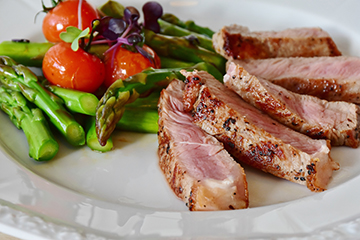
 If you’re exercising with others, you’ve probably heard of the many protein supplements or foods that boost your protein intake. While it’s true that active people need more protein than sedentary ones, there is a limit on how much you should consume. Consuming too much protein can have consequences and limit your intake of other foods with nutrients necessary for good health. You require the right mix of macronutrients, protein, fats, and carbohydrates. The protein requirement also varies by gender, age, and activity level.
If you’re exercising with others, you’ve probably heard of the many protein supplements or foods that boost your protein intake. While it’s true that active people need more protein than sedentary ones, there is a limit on how much you should consume. Consuming too much protein can have consequences and limit your intake of other foods with nutrients necessary for good health. You require the right mix of macronutrients, protein, fats, and carbohydrates. The protein requirement also varies by gender, age, and activity level.
 Even though we focus heavily on physical fitness, staying mentally fit is just as important. California is a laid-back state, but there’s still a lot of stress that affects you both physically and mentally. Poor mental fitness makes every day a chore. It makes the thought of exercising and eating healthy seem like a chore. Good mental fitness can also help you muscle through the toughest exercises. It’s so important we had a blog last August about exercises that can help. Here are some other ideas to aid in improving mental fitness.
Even though we focus heavily on physical fitness, staying mentally fit is just as important. California is a laid-back state, but there’s still a lot of stress that affects you both physically and mentally. Poor mental fitness makes every day a chore. It makes the thought of exercising and eating healthy seem like a chore. Good mental fitness can also help you muscle through the toughest exercises. It’s so important we had a blog last August about exercises that can help. Here are some other ideas to aid in improving mental fitness.
 If you’re like many people in Irvine, CA, you’re constantly looking for ways to boost immunity. Preventing illness is far better than trying to cure it. Improving your immune system is the best way to do that. You can stay healthier by focusing on good immune health. Your immune system is your body’s first line of defense to prevent invaders from entering. If they do manage to enter the body, the immune system also weakens and destroys them.
If you’re like many people in Irvine, CA, you’re constantly looking for ways to boost immunity. Preventing illness is far better than trying to cure it. Improving your immune system is the best way to do that. You can stay healthier by focusing on good immune health. Your immune system is your body’s first line of defense to prevent invaders from entering. If they do manage to enter the body, the immune system also weakens and destroys them.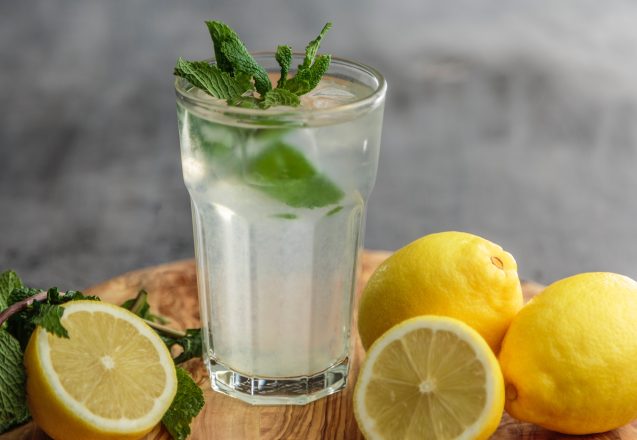
 The body requires the amount of water necessary varies by weight, age, and other factors. How much water do you need to stay healthy? While your size plays an important role, your activity level also affects your intake. If you’re out in the hot sun, you’ll need more water than if you’re sitting in an air-conditioned room. How do you decide how much you need? You have to start with a baseline.
The body requires the amount of water necessary varies by weight, age, and other factors. How much water do you need to stay healthy? While your size plays an important role, your activity level also affects your intake. If you’re out in the hot sun, you’ll need more water than if you’re sitting in an air-conditioned room. How do you decide how much you need? You have to start with a baseline.